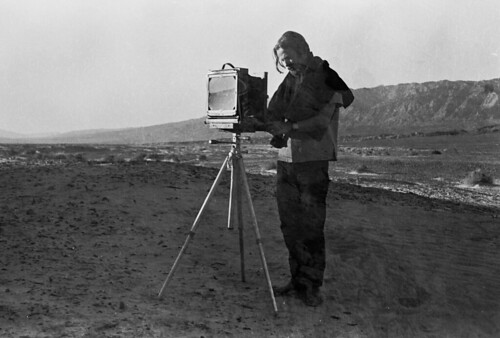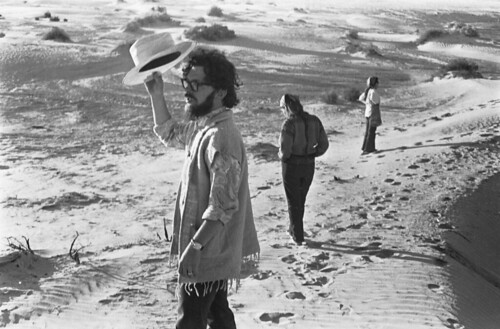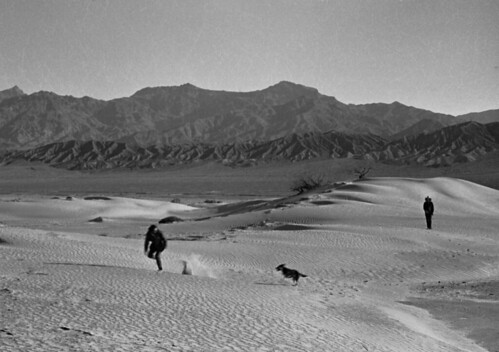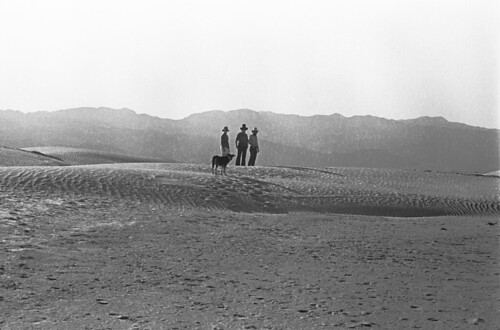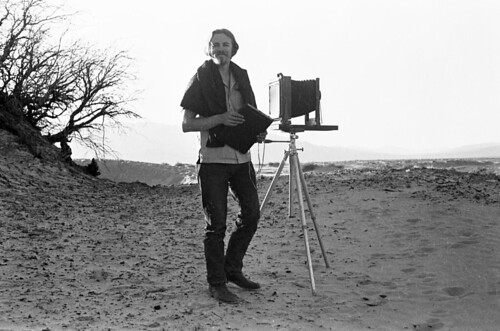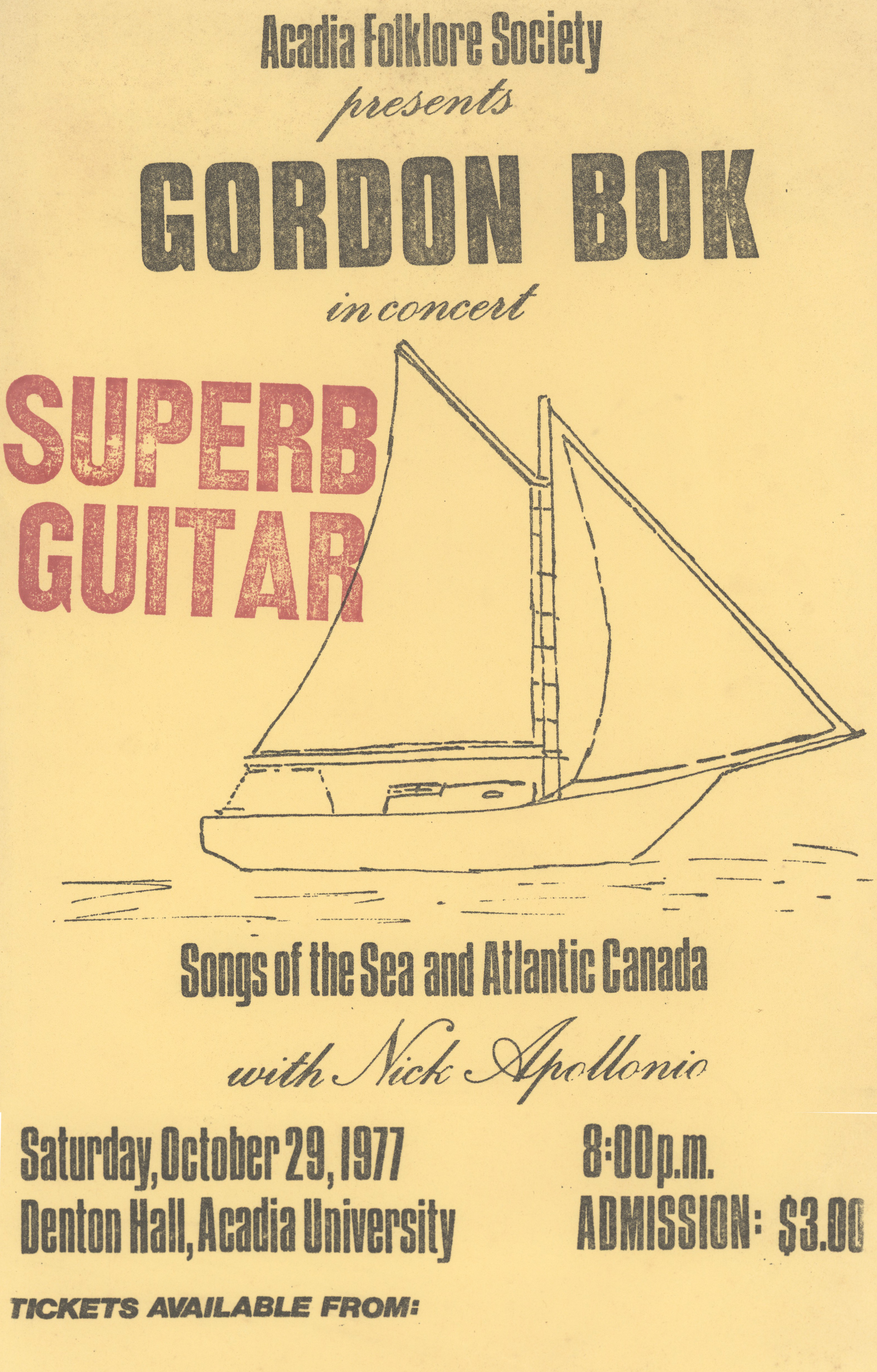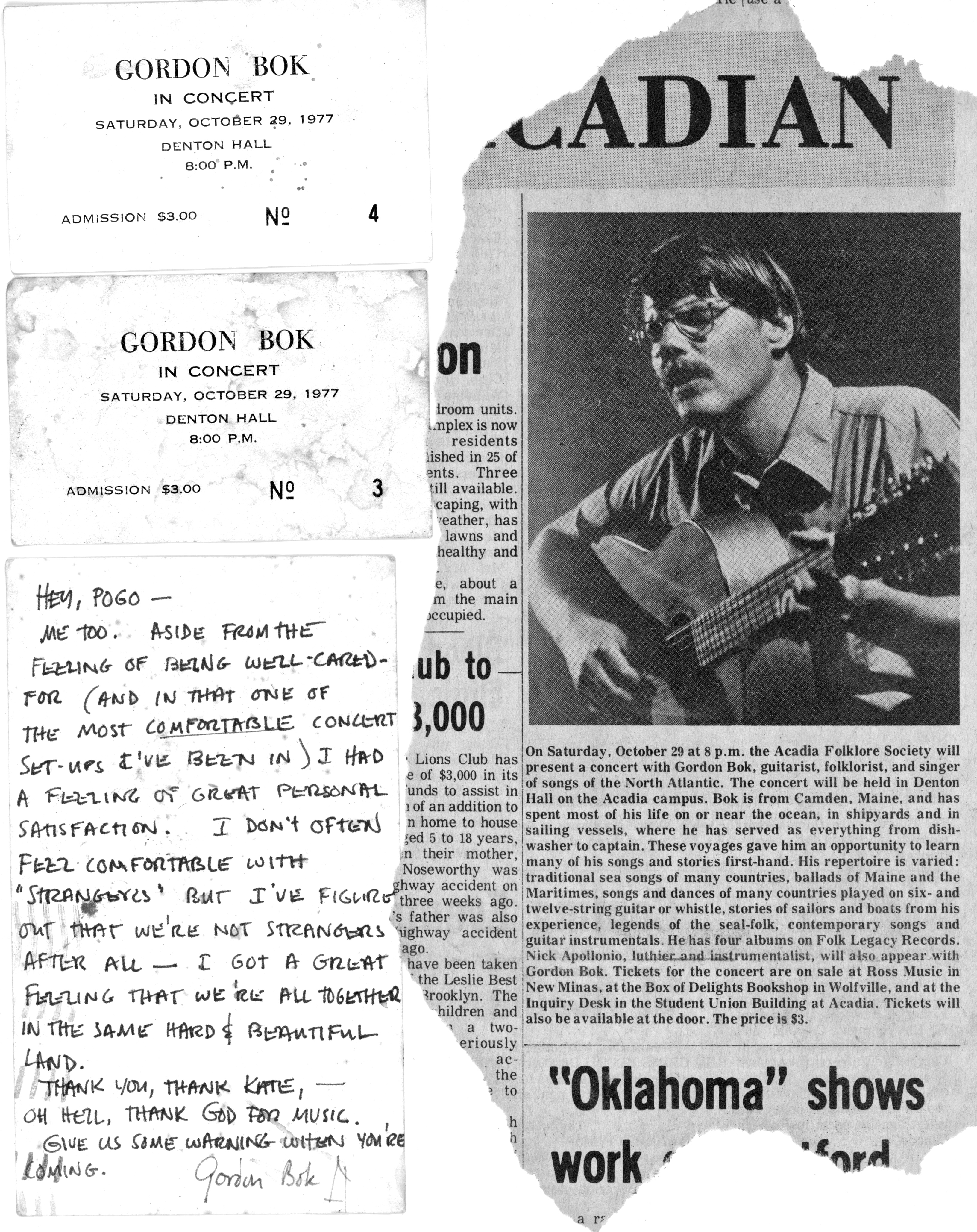The incoming Freshman class of September 1961 was assigned CP Snow’s The Two Cultures (based on his 1959 Rede Lecture). An excerpt of the original lecture:
I believe the intellectual life of the whole of
western society is increasingly being split into two polar groups. When I say the
intellectual life, I mean to include also a large part of our practical life, because
I should be the last person to suggest the two can at the deepest level be
distinguished. I shall come back to the practical life a little later. Two polar
groups: at one pole we have the literary intellectuals, who incidentally while no
one was looking took to referring to themselves as ‘intellectuals’ as though there
were no others. I remember G. H. Hardy once remarking to me in mild
puzzlement, some time in the 1930s: “Have you noticed how the word
‘intellectual’ is used nowadays? There seems to be a new definition which
certainly doesn’t include Rutherford or Eddington or Dirac or Adrian or me. It
does seem rather odd, don’t y’know?”.
Literary intellectuals at one pole—at the other scientists, and as the most
representative, the physical scientists. Between the two a gulf of mutual
incomprehension—sometimes (particularly among the young) hostility and
dislike, but most of all lack of understanding. They have a curious distorted
image of each other. Their attitudes are so different that, even on the level of
emotion, they can’t find much common ground. Non-scientists tend to think of
scientists as brash and boastful. They hear Mr. T. S. Eliot, who just for these
illustrations we can take as an archetypal figure, saying about his attempts to
revive verse-drama that we can hope for very little, but that he would feel
content if he and his co-workers could prepare the ground for a new Kyd or a
new Greene. That is the tone, restricted and constrained, with which literary
intellectuals are at home: it is the subdued voice of their culture. Then they hear
a much louder voice, that of another archetypal figure, Rutherford, trumpeting:
“This is the heroic age of science! This is the Elizabethan age!” Many of us
heard that, and a good many other statements beside which that was mild; and
we weren’t left in any doubt whom Rutherford was casting for the role of
Shakespeare. What is hard for the literary intellectuals to understand,
imaginatively or intellectually, is that he was absolutely right.
And compare “this is the way the world ends, not with a bang but a
whimper—incidentally, one of the least likely scientific prophecies ever
made—compare that with Rutherford’s famous repartee, “Lucky fellow,
Rutherford, always on the crest of the wave.” “Well, I made the wave, didn’t I?”
The non-scientists have a rooted impression that the scientists are shallowly
optimistic, unaware of man’s condition. On the other hand, the scientists believe
that the literary intellectuals are totally lacking in foresight, peculiarly
unconcerned with their brother men, in a deep sense anti-intellectual, anxious to
restrict both art and thought to the existential moment. And so on. Anyone with
a mild talent for invective could produce plenty of this kind of subterranean
back-chat. On each side there is some of it which is not entirely baseless. It is all
destructive. Much of it rests on misinterpretations which are dangerous. I should
like to deal with two of the most profound of these now, one on each side.
I regret to say that I punted: I didn’t read the book at the time, and I didn’t quite see why it would matter to me. Looking back, I see what I might have begun to think about if I had just made the effort. I could see, dimly, that Snow was on about two hostile camps, between which we might be supposed to choose. Or so I thought. Of course there was much more to it than simple four-legs-good-two-legs-bad (I had read Animal Farm…), with/against binary opposition.
Betsy and I were both in that Freshman class, though unbeknownst to one another, and likewise we were both in a Gen Ed class on Philosophy (along with maybe 300 others), taught by Rogers Albritton, in which I have to confess I drifted aimlessly, largely ignorant of how to read and how to listen. One of the readings was Lucretius’ On the Nature of Things. A section I still recall (though don’t remember it as verse) describes the imagined atomic world:
What seems to us the hardened and condensed
Must be of atoms among themselves more hooked,
Be held compacted deep within, as 'twere
By branch-like atoms--of which sort the chief
Are diamond stones, despisers of all blows,
And stalwart flint and strength of solid iron,
And brazen bars, which, budging hard in locks,
Do grate and scream. But what are liquid, formed
Of fluid body, they indeed must be
Of elements more smooth and round--because
Their globules severally will not cohere:
To suck the poppy-seeds from palm of hand
Is quite as easy as drinking water down,
And they, once struck, roll like unto the same.
But that thou seest among the things that flow
Some bitter, as the brine of ocean is,
Is not the least a marvel...
For since 'tis fluid, smooth its atoms are
And round, with painful rough ones mixed therein;
Yet need not these be held together hooked:
In fact, though rough, they're globular besides,
Able at once to roll, and rasp the sense.
And that the more thou mayst believe me here,
That with smooth elements are mixed the rough
(Whence Neptune's salt astringent body comes),
There is a means to separate the twain,
And thereupon dividedly to see
How the sweet water, after filtering through
So often underground, flows freshened forth
Into some hollow; for it leaves above
The primal germs of nauseating brine,
Since cling the rough more readily in earth.
Lastly, whatso thou markest to disperse
Upon the instant--smoke, and cloud, and flame--
Must not (even though not all of smooth and round)
Be yet co-linked with atoms intertwined,
That thus they can, without together cleaving,
So pierce our body and so bore the rocks.
Whatever we see...
Given to senses, that thou must perceive
They're not from linked but pointed elements.
What I couldn’t grasp in 1961 was that I was being introduced to how people thought, to the evolution of understanding that led to the present moment. I’ve been working on repairing my inattention ever since.
Alexander Boxer’s A Scheme of Heaven: The History of Astrology and the Search for Our Destiny in Data drifted into my ken a couple of weeks ago, and I’ve been nibbling at it gradually, as a brick in the edifice of History of Science that I’ve been tracking for years. The book is full of surprises for me, the example of the moment being a discussion of oppositional schools of thought, Epicurean vs. Stoic in Boxer’s formulation, that contrasts Lucretius the materialist/skeptic/randomness-oriented Epicurean and Manilius the instantiator of the zodiacal elements of astrology (Stoic, or perhaps Pythagorean or Platonist), and advocate of divine intelligent-plan determinism. Boxer suggests that astrology is in effect Stoic astronomy, in which all can be analyzed mathematically. Manilius (of whom I had never heard) seems to have been the first to codify the characteristics associated with each of the 12 Signs of the Zodiac: Those born under the Sign of Virgo (“associated with the arts of writing, inquisitive and studious, adept with words and speech, held back by shyness…”) vs. [for example] those under Cancer (“associated with finance and international trade, grasping and miserly, shrewd and combative”) and so on. The newspaper horoscope version of all that is hokum and flim-flam, but in Boxer’s telling there’s much to tantalize. And I’ll have to confess that the description of Virgo characteristics is too close for complete comfort for this Virgo.
But what interests me is the proclivity for and predominance of oppositional thinking, this OR that, one or the other, for or against, right or wrong. It’s worth reflecting on how many witless binaries have blighted our lives, how often we are called upon to “Stand With” or to Oppose. John McIlwain’s comment is apposite: “Divinely ordained/fated, or simply a very complex machine – are these the only two metaphysical choices we have? We seem to still be struggling with these two alternatives, both of which free us from the responsibility of free choice. Either way, it’s not my fault!”
I seem to be sheltering in a metaphysics that is more organic/vitalist than ‘very complex machine’, a world of open systems and transduced energy and vast interconnectivities that we only dimly grasp and have, to our surprise, no dominion over.
